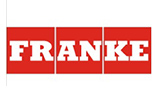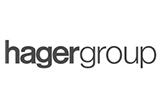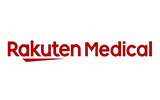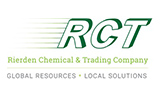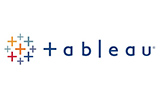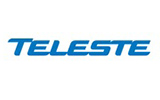
The Global Exposure Management Market, estimated at approximately USD 1.71 billion in 2023, is poised to expand at an impressive compound annual growth rate (CAGR) of 28.3% over the forecast period from 2024 to 2032. This burgeoning market addresses the escalating challenges faced by organizations in safeguarding critical infrastructure and mitigating vulnerabilities amidst an ever-evolving threat landscape. With the proliferation of sophisticated cyberattacks and the advent of multi-vector threats, exposure management solutions and services are gaining traction across diverse sectors.
The market's growth trajectory is fueled by the increasing adoption of advanced technologies such as artificial intelligence (AI) and machine learning (ML) in identifying and mitigating cyber risks. Organizations are investing heavily in robust vulnerability management frameworks and attack surface management strategies to ensure operational resilience. For example, cloud-based deployment models, known for their scalability and cost-effectiveness, are witnessing higher adoption rates, particularly among SMEs and enterprises operating in dynamic threat environments. Concurrently, heightened regulatory scrutiny further compels organizations to implement comprehensive exposure management solutions, ensuring compliance with international standards and guidelines.
The sector's expansion is not without its hurdles. High implementation costs and the lack of skilled professionals continue to pose challenges, particularly for small and mid-sized enterprises. However, the shift towards managed services and the development of automated threat intelligence platforms have emerged as pivotal market drivers. Moreover, the growing integration of exposure management solutions into broader cybersecurity frameworks enhances their appeal, providing end-users with a consolidated approach to risk mitigation.
Regionally, North America commands the largest market share, supported by a well-established technological infrastructure and stringent cybersecurity regulations. The region's enterprises are prioritizing investments in innovative exposure management tools to safeguard their competitive advantage. Europe follows closely, benefiting from collaborative initiatives to strengthen regional cyber resilience. On the other hand, the Asia-Pacific region is expected to witness the fastest growth, driven by rapid digital transformation, increased cloud adoption, and substantial investments in cybersecurity initiatives across nations such as China, India, and Japan.
Major market players included in this report are:
IBM Corporation
Palo Alto Networks, Inc.
Microsoft Corporation
Tenable, Inc.
Rapid7, Inc.
Qualys, Inc.
Trend Micro Incorporated
Check Point Software Technologies Ltd.
CrowdStrike Holdings, Inc.
FireEye, Inc.
Fortinet, Inc.
Cisco Systems, Inc.
McAfee, LLC
Sophos Group plc
Splunk Inc.
The detailed segments and sub-segments of the market are explained below:
By Component
Solutions
Services
By Deployment Mode
Cloud
On-premises
By Application
Vulnerability Management
Threat Intelligence
Attack Surface Management
By End-user Industry
BFSI
Healthcare
IT & Telecom
Retail
Manufacturing
Government & Defense
Others
By Region
North America
U.S.
Canada
Europe
UK
Germany
France
Spain
Italy
Rest of Europe (ROE)
Asia Pacific
China
India
Japan
Australia
South Korea
Rest of Asia Pacific (RoAPAC)
Latin America
Brazil
Mexico
Middle East & Africa
Saudi Arabia
South Africa
Rest of Middle East & Africa (RoMEA)
Common content for 'Report Description':
Key Takeaways:
Market estimates and forecasts for 10 years from 2022 to 2032.
Annualized revenues and regional-level analysis for each market segment.
Detailed insights into the geographical landscape, including country-level analysis.
Comprehensive analysis of competitive strategies and future recommendations for stakeholders.
Demand-side and supply-side analysis of the market.







